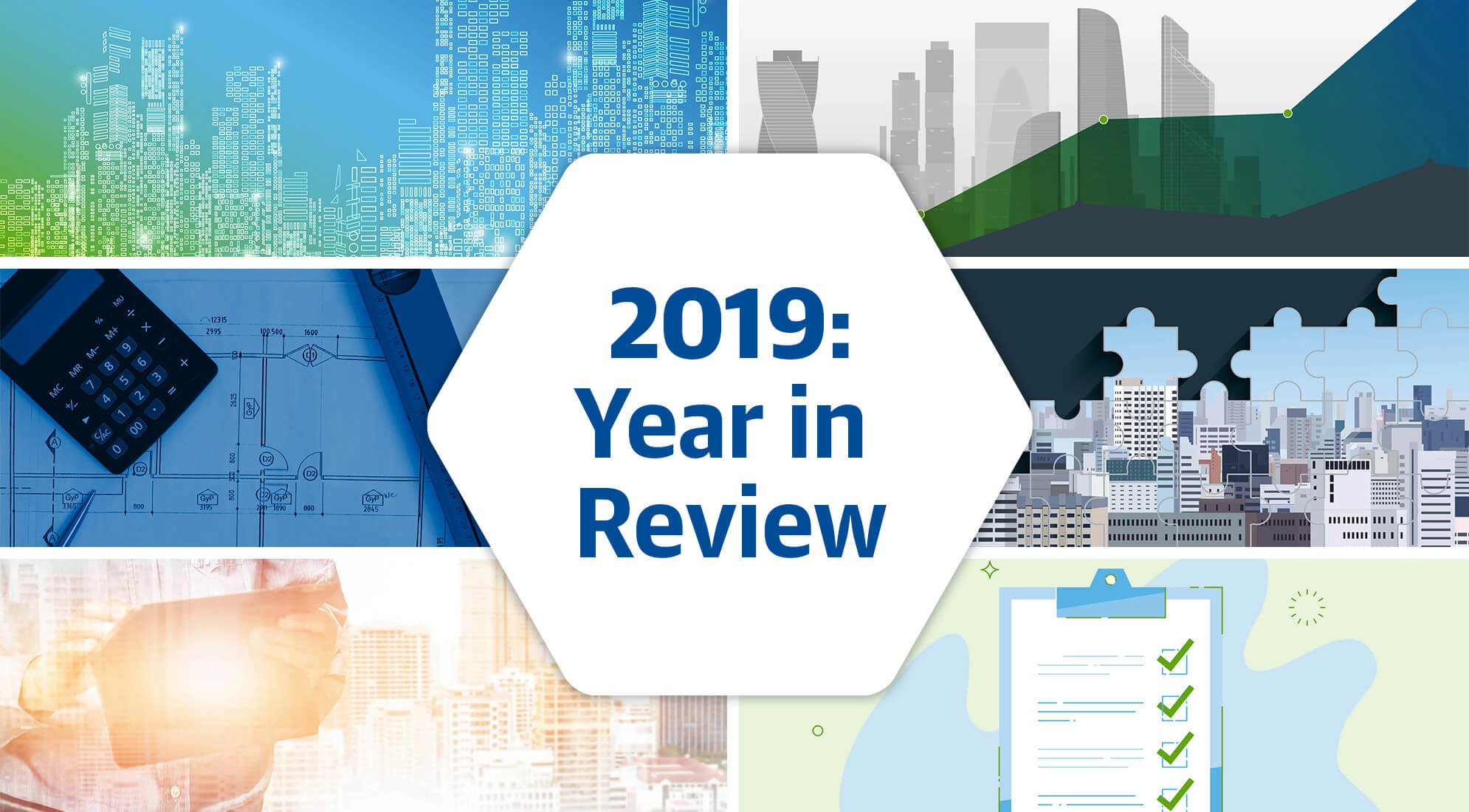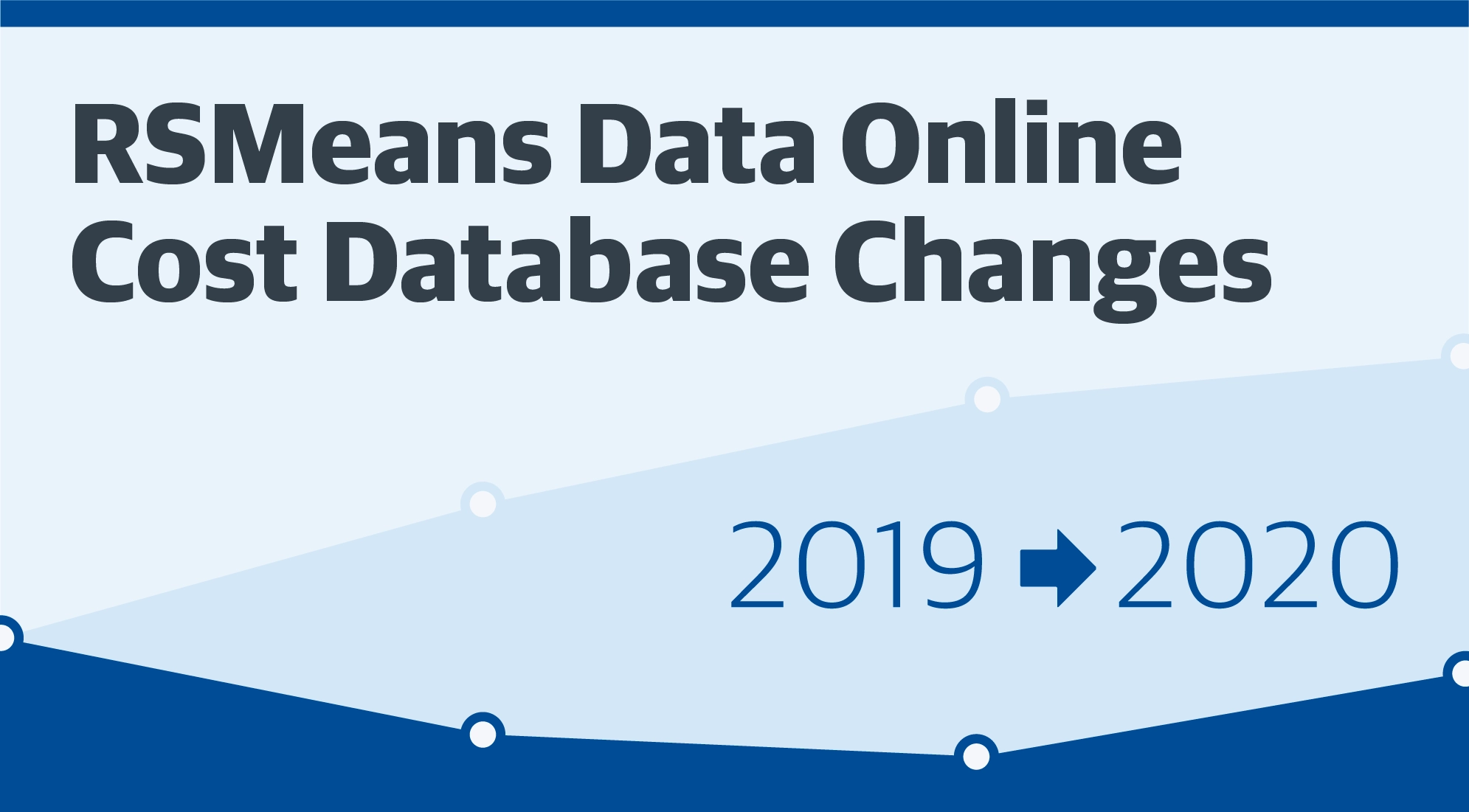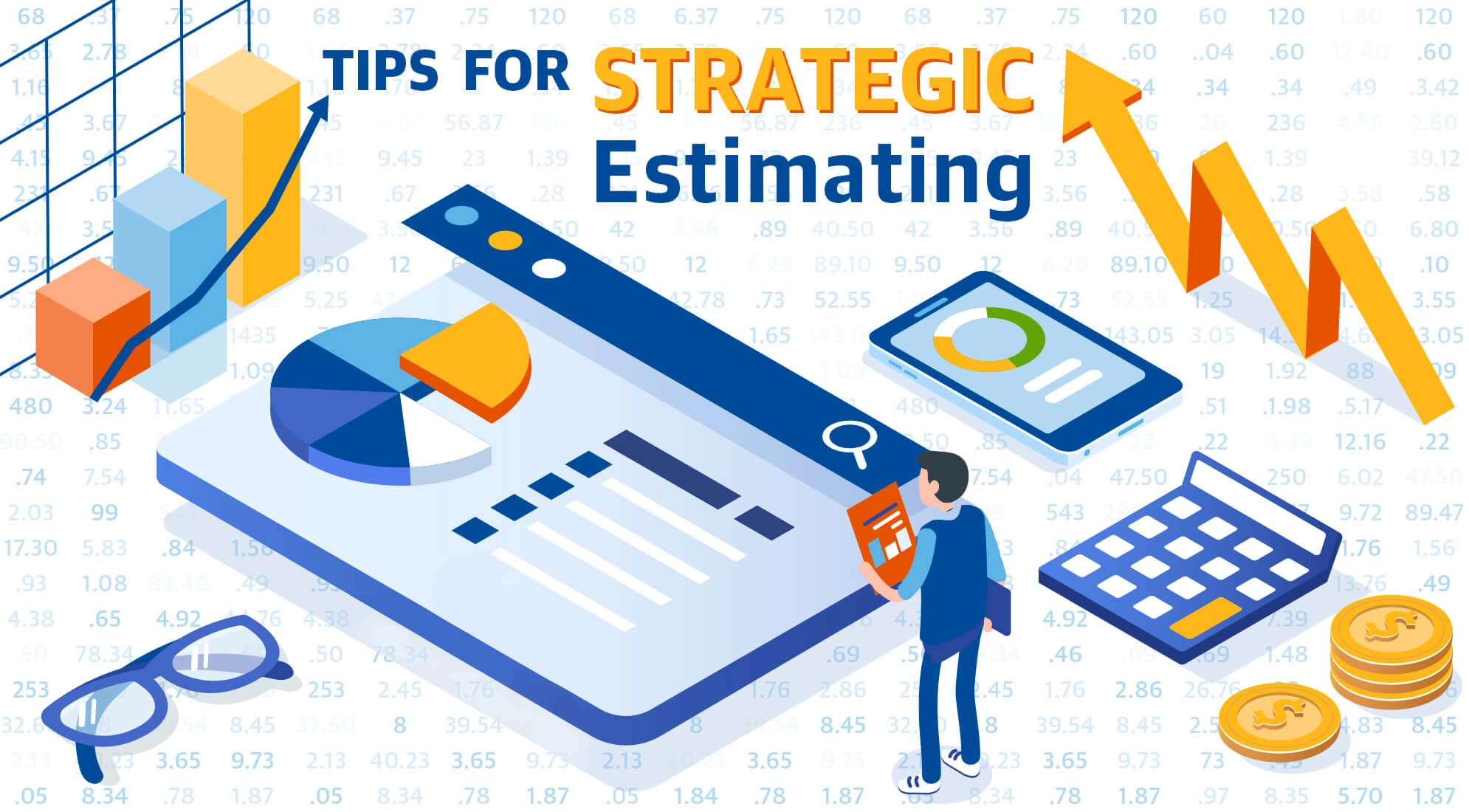A common question we hear is, “Why should I update my construction costs every year?” We understand why folks ask this question: Your communities rely on you, which means you always have important work to get done. Keeping up with current construction costs can seem like an inconvenience amid the busyness. Life would be easier if costs never changed – it would certainly mean less work for you!
But the reality is that material and labor markets are always shifting, and the costs of doing business change along with them. The prices of raw materials, supply and demand, shipping fees, market maturity, time of year, energy rates and industry trends all influence construction prices. So while relying on past experiences is important for growing in your role, relying on past construction costs is unsustainable.
Here are three reasons why keeping your construction costs up to date is a best practice for architects, engineers, construction professionals and project owners alike.
1. Construction Costs Change Every Year
It’s impossible for the data of yesterday to give a reliable vantage point for tomorrow’s project. In the average year, over 90% of construction costs in our RSMeans Database get updated. In other words, nearly all construction costs experience some sort of change year over year in North America. Some of those changes are incremental, but others are significant enough to wreck a budget. And as you increase the stretch of time between old data and current data, even incremental differences will compound into serious issues.
While periods of two, three or even five years can seem short, the factors that influence costs can change exponentially over that time. Just think of how many new technologies you learned about this year or the number of major geopolitical events you read about in the news. None of the materials you use for construction projects exist in a vacuum, and chances are high that the supply chains for those materials are affected by these or other outside forces at least once a year.
If the costs you’re using to estimate are out of date, then you can rest assured that your estimates will be inaccurate. And that brings us to our second reason why up-to-date costs are important.
Hear more about 2020 construction cost changes in this free on demand webinar featuring two of the minds behind RSMeans Data.
2. Accurate Budgets Require Current Cost Data
Every phase of the building lifecycle requires pristine accuracy – from planning to building – and the whole process begins with making sure your budget estimate is accurate. But inaccurate cost data inevitably leads to inaccurate estimates, inaccurate estimates lead to cost overruns and cost overruns can shut down a project altogether. I’m sure you’ve heard about at least one project that was halted or possibly never finished because it was started with a skewed budget. Don’t let stagnant data derail your projects.
From 2019 to 2020, 34% of construction material costs changed by 5% or more. Multiply that 5% by the number of times you need a certain material – whether it’s a steel beam or a wood plank – and the difference between 2019 costs and 2020 costs adds up quickly. Estimates are like blueprints in this way: Even small variances in measurements can create major gaps in the end product. And those gaps don’t just disappear. Be it the contractor or the client, someone will pay extra at the expense of an inaccurate estimate. And that leads to our third reason to stay current on costs.
3. Using Current Construction Costs Protects Relationships
Successful construction projects require trusting, cooperative relationships between construction professionals and clients. Architects and engineers are trusted to plan designs that maximize the client’s budget while remaining realistic. Contractors and construction managers are trusted to deliver the promised design within budget and on time. Clients’ finance and facilities teams depend on receiving an end product that meets their needs without exhausting their funding. All this means that budget surprises degrade trust across the entire construction process quickly and significantly. On the other hand, accurate project plans, designs, estimates and bids lay the foundation for trusting, long-term relationships.
Your work is too important to risk a loss of trust with your clients and peers.
At the end of the day, this is arguably the most important reason to have accurate cost data. Not all tension and disagreements are avoidable on a construction site, but beginning the project with reliable information can mitigate some unnecessary conflicts and barriers. It’s an investment that acknowledges both your reputation and your clients are worth protecting. Keeping up with costs is better for you and everyone involved, and your work is too important to risk a loss of trust with your clients and peers.
To sum it all up, inaccurate cost data leads to issues in budgeting and building, which in turn lead to strained relationships across the building lifecycle. Whether you’re involved in the planning, design, construction or are an end user, current construction cost data is essential to a successful project.






